25 years of Salute e Sviluppo Foundation
By Efisio Locci
09 September 1996 – 09 September 2021
I would like to invite you to join me on a wonderful virtual trip around the world to celebrate together the 25 years of Salute e Sviluppo. Don’t worry about the cost, I’ll pay for everyone since it’s a virtual trip. We can visit many countries, although I can’t remember them all because the list would be long. Fasten your seat belts and let’s start right away from Turin, where Salute e Sviluppo was born 25 years ago, from the imagination of Fr. Efisio, on September 9, 1996, inspired by the idea “go into the world and cure the sick”. The Foundation began to take the first steps of its existence, important steps because it also includes the hospital in Haiti. The invitation of the Superior General of Camillian Order Fr. Frank Monks (December 03, 2001) made us move to Rome to give to the organization the International dimension proper to the Order of St. Camillus. In Rome took place the enormous effort of obtaining the necessary recognitions to be able to operate, such as, the acquisition of juridical personality (08 July 2002), and the recognition as a Non-Governmental Organization (NGO), with a Decree of the Ministry of Foreign Affairs which enabled it to promote and carry out international projects in collaboration with the Ministry (26 March 2003). Having completed the bureaucratic processes, we began our work, committing all our potential.
Salute e Sviluppo was born to be close to the missionaries, who are the greatest factor of development in the history of poor countries. Our areas of operation are: people’s health and human development, health and hygiene, nutrition and schooling, agriculture and animal husbandry, without any preclusion of rights and peace in the field of development. Our motto is: “we take care of health, we enhance human development”. The territory of our activities are the five continents.
In the first part of our intercontinental journey, we visit the projects implemented during the first 10 years, which include 33 projects in Africa: One hospital in Benin (in Djougou); five projects in Burkina Faso (development of women, enhancement of traditional medicine, livestock development, agro-food development, industrial development of rice polishing and packaging); 19 projects in Kenya (training for Migori students, support for children in the Nairobi slums, livestock development for the Nkubu hospital, drinking water for the Nkubu hospital, agricultural development for women in the Nairobi slum, assistance for terminally ill patients with AIDS, training for women in the Nairobi slum, fight against HIV, mill for widows in Tabaka, a hope for the sick of Nkubu, solar power system for Nkubu, development of animal husbandry for Karungu women, fight against malnutrition in Wajir, fruit and vegetable farm development for Karungu women, a greenhouse for Nairobi slum women, fight against poverty in South Imenti district, food and nutritional support for Nyanza schools, access to sanitation for Gunga); one project in Madagascar (schooling for children with leprosy); 5 projects in Central African Republic (elementary school in Bossemptélé, start-up of hospital, mother-child centre, health service to children, clinic for mother-child); one maternal-child hospital in Somalia; one well for the hospital and the neighbourhood in Lomé – Togo.
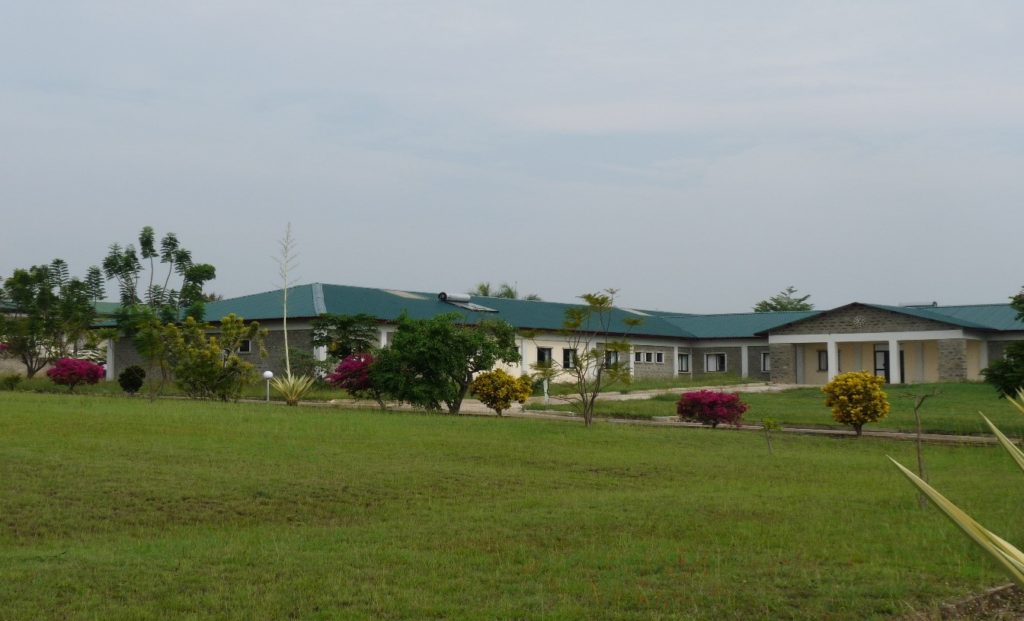
Maternità e ginecologia, chirurgia, blocco operatorio, sale parto e uffici all’ospedale di Karungu – Kenya
I hope the trip goes well because we have to visit South America and Asia. The first stop is Brazil with a visit to 4 projects (training and rehabilitation of women, social rehabilitation of single mothers, tejiendo la vida, training and rehabilitation of women in Quixadà); we drop by to visit one project in Colombia (hydroponic cultivation with the elderly); and one project in Peru (assistance to AIDS patients)
We leave Latin America and move to Asia for 11 projects. We begin with visiting 2 projects carried out in Myanmar (relief for victims of Cyclone Nargis and vocational training for girls); a visit to the Philippines with 2 projects (strengthening St. Camillus Centre and help for the Aetas tribal community); and a long trip to immense China with one project (Scholarships for the villages of Liaoning). What an emotion and what memories meeting the Christians of the villages around the imperial city in the extreme north of China! The universality of Christianity is a reality that you experience as the breath of humanity, with intense and unforgettable emotion.
As you can understand, our work always adapts to the situations, customs and habits of peoples and their political sensitivity. We are interested in helping human being in poverty and needs, which is an enormous space. All other aspects are not our concern. We are absolutely convinced that the human needs in the world are infinite, and that, unfortunately, we can only do small things, but we know that even a glass of water is precious for a thirsty person.
If you are not tired, let’s go on to the second part of the journey to visit another 36 projects carried out over the next 10 years of intense commitment. Let’s go especially to African countries. Each country has its own characteristics, its beauties, its riches and its infinite poverty; the only recommendation is: never give up. Cooperation is made up of small or large things, but all are precious. Every help we can give is a great treasure for a needy person who receives them; it is a small effort for us, but an enormous gift for him or her. The effort will soon disappear, the good done will remain, and the Good Lord will make it eternal.
First stop is to visit 11 projects completed and 2 projects on the way in Burkina Faso, a poor country but with a strong awakening, eagerness for progress, but also with scary episodes of terrorism in the North and also not far from our area of operation. Our effort is to construct food production facilities, increase schooling, and build a hospital.
We built a farm of more than 60 hectares to grow rice, corn and other grains; we built canals for flood water, with submersible pumps in the large public canal, powered by solar panels. The pumps carry the water to our distribution canals. The Farm is furnished with a well for drinking water, facilities for staff, storage, workshop and sheltered parking spaces for a truck, 3 tractors, 2 tillers, a combine harvester, 2 bulldozers, a scraper, ploughs, grader, fertilizer spreader and other equipment.
A barn for 60-100 cows, equipped with fodder room, milking room, room for milk cooling and storage, facilities for staff and veterinarian. Here the electricity comes from solar power panels, generator and public electricity line. In the Industrial Centre, we have built 3 large warehouses for cereals, fruits and vegetables, and facilities for processing and packaging products; a Centre for milk analysis, processing of milk and dairy products. Here too the electricity is provided by the public network, generator and solar power systems. The farms are in Bagré, Tenkodogo province, which has been chosen by the national planning authorities as the national agro food production pole for the whole country. In Bagré we can also visit the drinking water packaging plant entrusted to women.
A school in Tenkodogo – Burkina Faso
Other projects to visit in Bagré, Tenkodogo and Garango are the schools: 2 kindergartens, 2 elementary schools, 2 secondary schools, an arts and crafts centre with 6 sections for 6 crafts. As for the schools, it is necessary to keep in mind that each classroom of the kindergartens and primary schools holds about 80-90 children, the secondary schools hold 50 children per class; the arts and crafts classes hold 50 young people. All the schools are in the Diocese of Tenkodogo and are projects carried out in collaboration with Bishop Monsignor Prosper. Once the school buildings are built and furnished, they are handed over to the local partner.
We now go to Kenya (4 projects) to visit the large aqueduct for 15,000 inhabitants in Karungu. The water is drawn from Victoria lake, pushed up the hill with large pumps, purified and filtered in three huge concrete tanks and sent to the Karungu area for a distance of over five kilometres, along which are placed kiosks for water distribution. This project gives all the inhabitants of the area access to drinking water; earlier they drew water directly from the polluted lake. Other projects are: maternal and child health in the Imenti South district; fight against cancer for the female population of Karungu; food self-sufficiency for the women of Wajir in partnership with the Camillian Sisters, in a semi-deserted area on the border with Somalia, where Annalena Tonelli was martyred by the Somalis. Even in this area there is insecurity.
There is a small project in Pakistan for the Christian minority, another in Togo against sickle-cell anaemia, and in Vietnam one project for access to drinking water and for fighting cancer, because the water of the MeKong is polluted due to the immoderate use of pesticides for rice production.
We take off again and head for the Republic of Central Africa, the poorest country in the world today; it was once called the Switzerland of Africa. A beautiful country, full of forests, with people of peaceful nature. Ever since it gained independence (it was a French colony), it has always been governed by generals, even though in name it was a republic. Today there is an elected president, but there are Russian soldiers from the Wagner group who garrison the country. Continuous coups have impoverished the country, made it insecure, and plundered enormous underground wealth. In the revolution and civil war of recent years there have been, out of a population of 10 million, two and a half million refugees in neighbouring countries. Fifty per cent of school buildings and health facilities as well as private homes have been destroyed. The roads are ruined, people have no food except manioc. Safety and general services do not exist; it is difficult to understand how people survive. Even our trips are unsafe, it is on our own risk. For the Italian government, the country is absolutely unsafe.
Bossemptélé Hospital – Central Africa
In this context, we have carried out more than 15 projects, a 120-bed hospital: surgical ward, renovation and furnishing of the operation theatres; construction of the medicine department; renovation and furnishing of the ophthalmology and dental outpatient departments; construction and furnishing of the neonatology department; construction of the paediatrics department; construction of the maternity department and delivery block with operation theatre; construction of the administrative block; construction of the guests and volunteers block; construction of the emergency room; equipment of the administrative reception; financing of the hospital health services; enhancement of health services in three villages with the mobile clinic once or twice a week. Other aids are: the solar power system and a new generator for the whole hospital (we are 200 kilometres away from the public electricity supply); several containers with hospital equipment, furniture, machinery; and purchase of ambulances, cars, a tractor, and a van. There are also other projects carried out for the benefit of the people: food and nutritional supply, feeding children; food for schools; safe motherhood; economic and food empowerment for women; training in hygiene and sanitation for people; construction of three wells for drinking water; construction of a nursing school, which is the third school of this kind in the whole country.
Activities to support the community of Camillian missionaries of Bossemptélé in the Republic of Central Africa began with the courageous opening of the new mission of the province of Benin. The mission included the small hospital that the Carmelite Sisters were unable to open, due to the death of their sister-physician in a car accident. Today the mission includes John Paul II Hospital and the only parish in the town and surrounding villages. The characteristic of the mission is poverty, isolation, insecurity, and the commendable courage of the Carmelite Sisters and Camillian religious. Bossemptélé is Vice Prefecture, a settlement 200 kilometres away from electricity supply; there is no drinking water, electricity, gas, sewage. It has an elementary school insufficient for the number of children. Therefore, the Sisters made a nursery school, an elementary school, and the first three years of secondary school. The war endangered the lives of our confreres, who were heroic in staying there to assist the sick. During the war, the spaces of the hospital and the school of the sisters gave refuge to two thousand Muslims, who were seeking a shelter. The two communities of Carmelite Sisters and Camillian Religious did their heroic work tirelessly. Fr. Bernard Kinvi Anani, director of the hospital, received the Alison De Forges Award from Human Rights Watch in 2014 for his courage in protecting dignity and human rights. This award is also a recognition of the Communities of Camillians and Carmelite Sisters who have assisted all those in need at the risk of their lives, bringing 1500 Muslims across the Cameroonian border to safety. The Carmelite nuns and the Camillian religious have been the heroes of the Christian testimony of Christ’s love for humanity, in the poor and isolated town of Bossemptélé in Central Africa. Thanks to each and every one of our collaborators, whom I would like to thank personally, in 25 years we have helped to heal the sick, to feed the hungry, to give drink to the thirsty, and to educate children. We have enhanced justice and peace in the world.
NB – If you like our activity, you may help us:
Salute e Sviluppo IBAN: IT62G0200805181000400321240



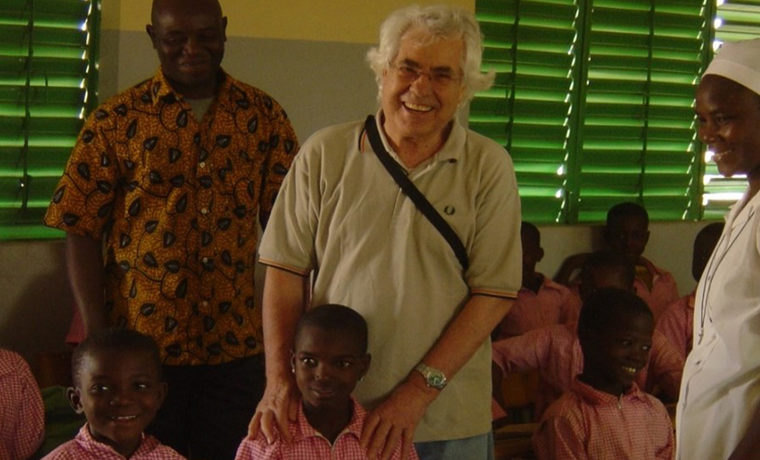
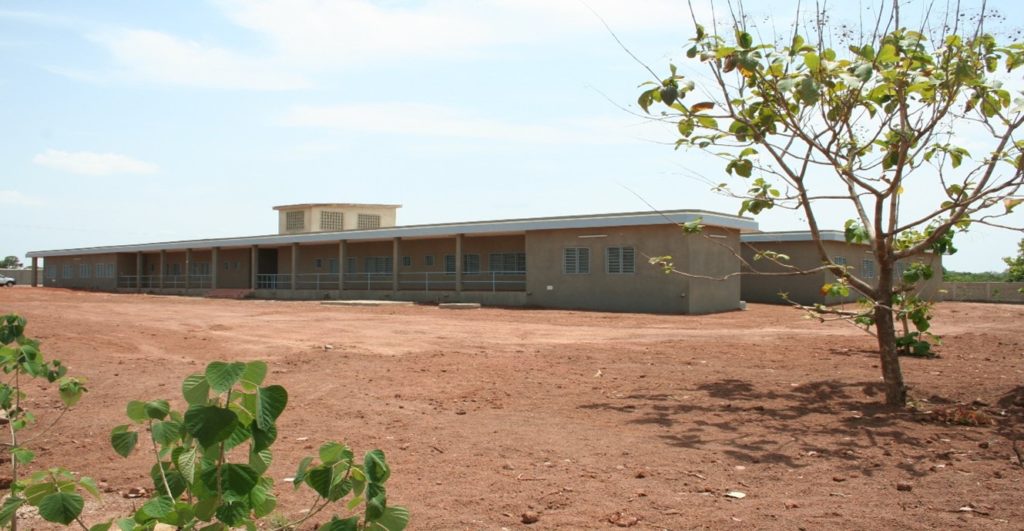
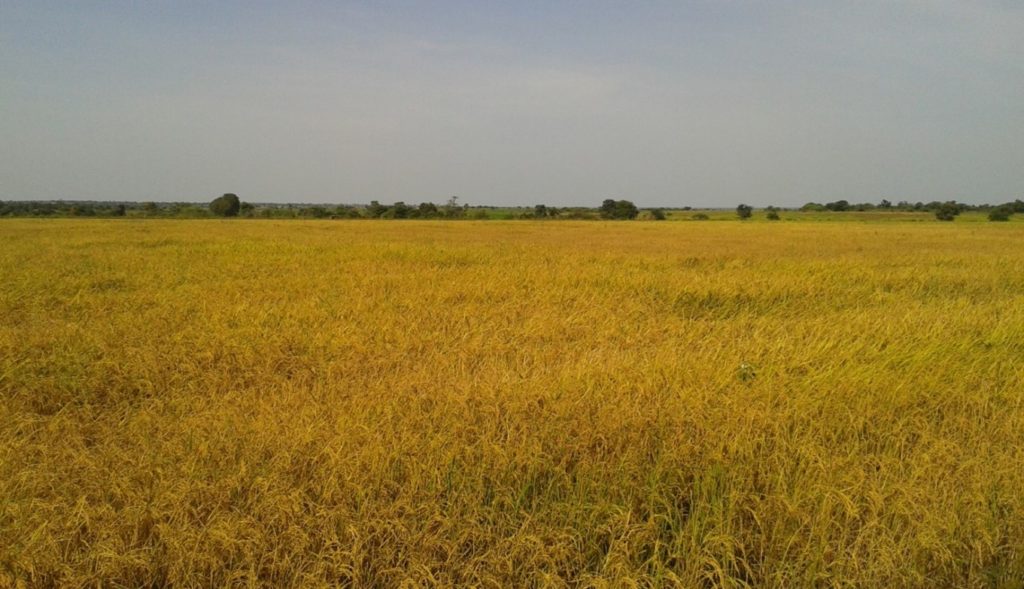
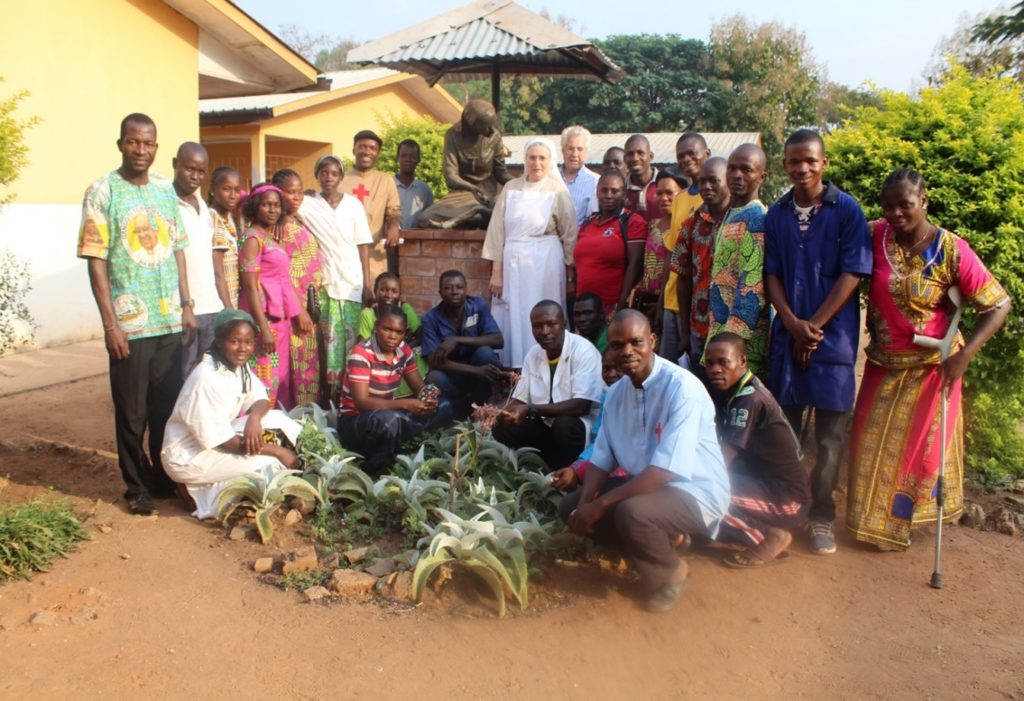
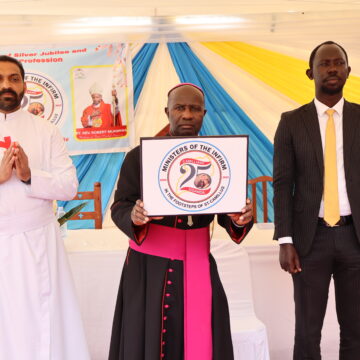
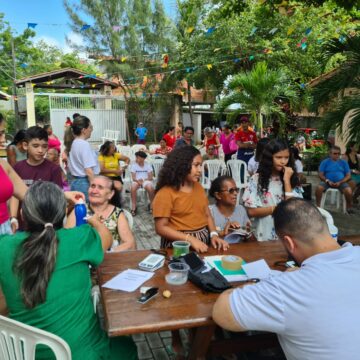
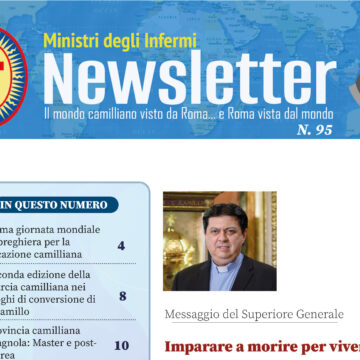
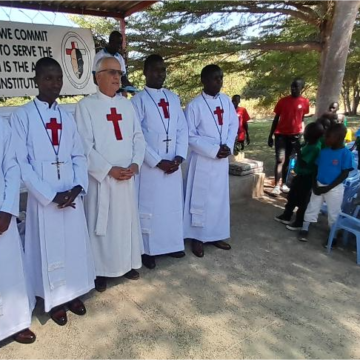
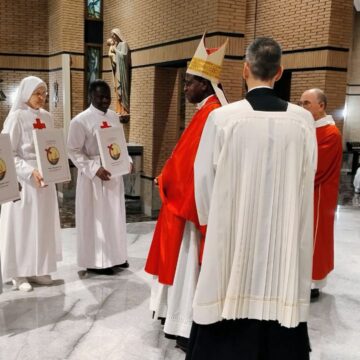

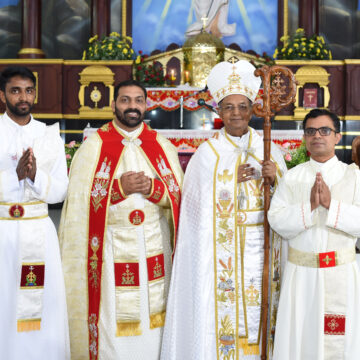
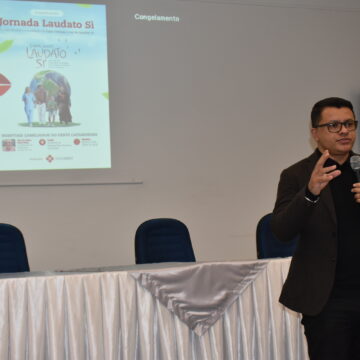
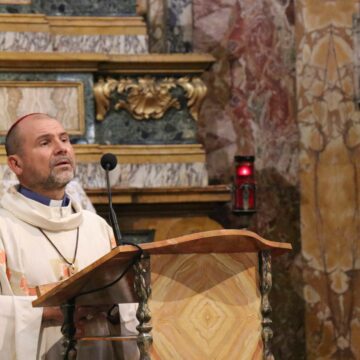
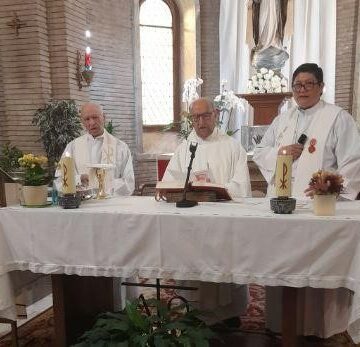
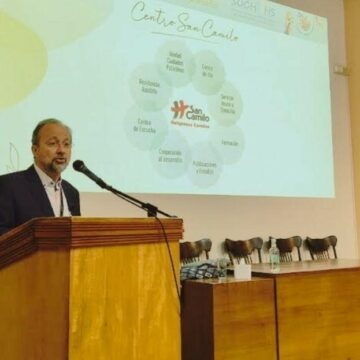
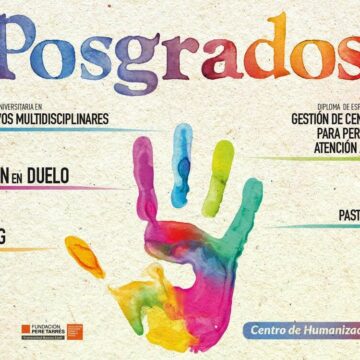
Camillians on Facebook
Camillians on Twitter
Camillians on Instagram